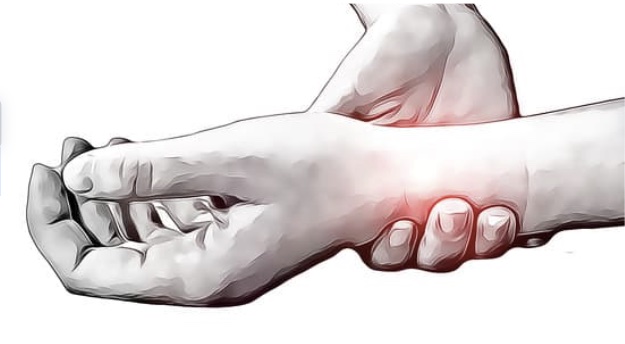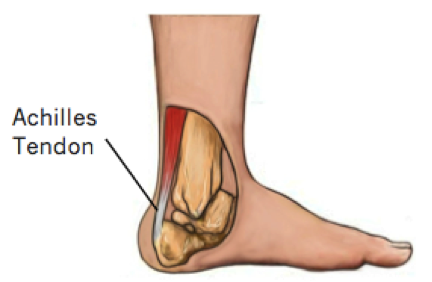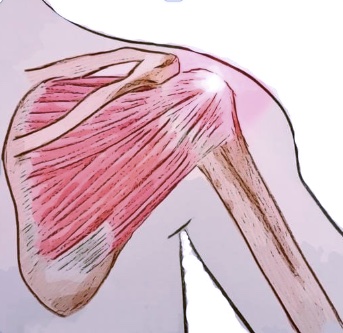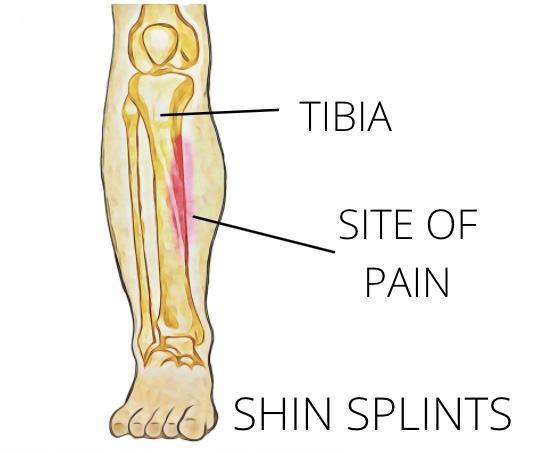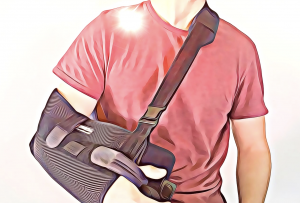CUMBERLAND PHYSIOTHERAPY PARRAMATTA:
De Quervain’s Tenosynovitis is a condition that causes pain and swelling on the thumb side of your wrist. It occurs when the tendons that move your thumb—the abductor pollicis longus (APL) and extensor pollicis brevis (EPB)—become irritated and inflamed as they pass through a small tunnel near the base of your thumb. This swelling can make it hard and painful to move your thumb and wrist, especially when you’re gripping something or twisting your wrist. If it’s not treated, the tendon sheath can thicken, making thumb movement even more difficult.
What are the symptoms?
The most common symptom is pain near the base of your thumb, often described as a dull ache or sharp pain on the side of your wrist. This pain might spread up your forearm and tends to worsen when you move your thumb or wrist, especially when gripping, pinching, or twisting. You might also notice swelling, a snapping feeling when you move your thumb, or even a bump where the tendons are inflamed. In some cases, moving your thumb becomes stiff or painful, and there is tenderness at the base of the thumb.
How does it happen?
This condition often results from overusing your thumb and wrist. Activities like golfing, playing musical instruments, fishing, carpentry, or even frequent texting can strain these tendons. New mothers are especially prone to it because of the repetitive motion of lifting their babies. Over time, constant gripping, twisting, or wringing motions can irritate the tendons and cause swelling. If this continues, scar tissue can develop, making movement even harder.
How can physiotherapy help?
Diagnosing De Quervain’s Tenosynovitis is usually straightforward. Your therapist will ask about your symptoms and perform a simple test called the Finkelstein test. In this test, you make a fist with your thumb tucked inside your fingers and then bend your wrist towards your little finger. If this causes sharp pain along the thumb side of your wrist, it’s a strong sign of De Quervain’s.
The primary goal of therapy is to reduce any pain and swelling of the tendons. This may include splinting the wrist to rest the tendons. Interventions to reduce inflammation, including ice or heat and the use of non-steroidal anti-inflammatory drugs (NSAIDs), may be recommended. Your physiotherapist will also address any musculoskeletal factors that might be contributing to tendon stress through poor biomechanics. Muscle stretches and strengthening exercises may also be prescribed.
If rest and splints aren’t able to reduce symptoms sufficiently, a corticosteroid or platelet-rich plasma (PRP) injection can help lower inflammation and ease pain. In very rare cases, surgery might be needed to release the tight tendon sheath and give the tendons more room to move. This is usually a simple outpatient procedure, and most people recover quickly.
None of the information in this article is a replacement for proper medical advice. Always see a medical professional for advice on your injury.

